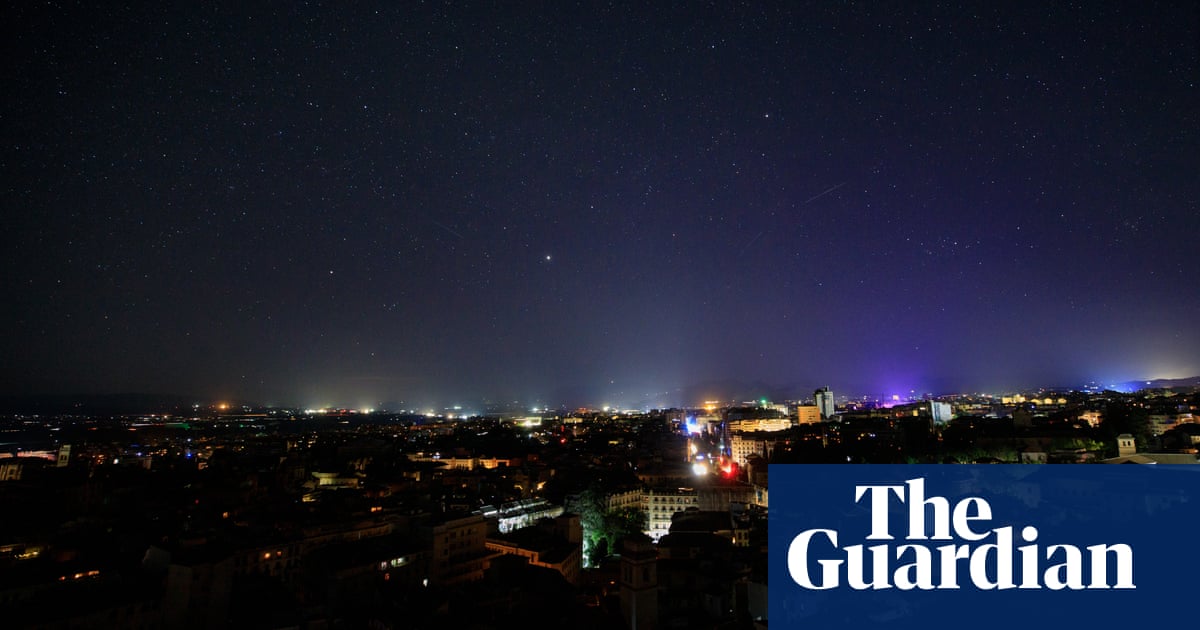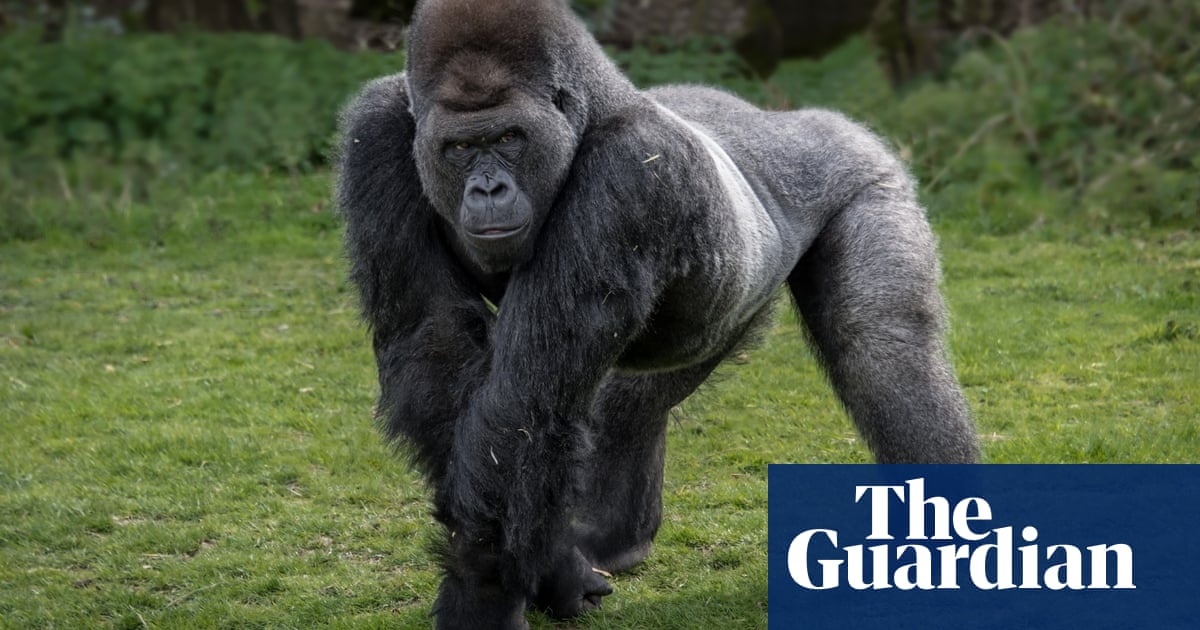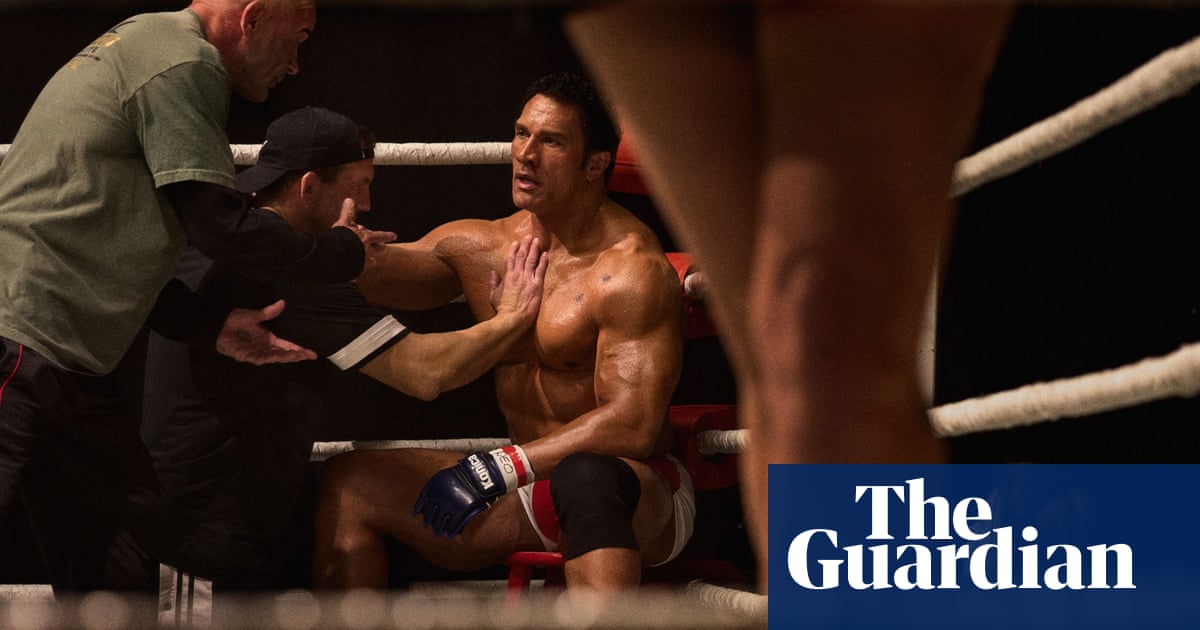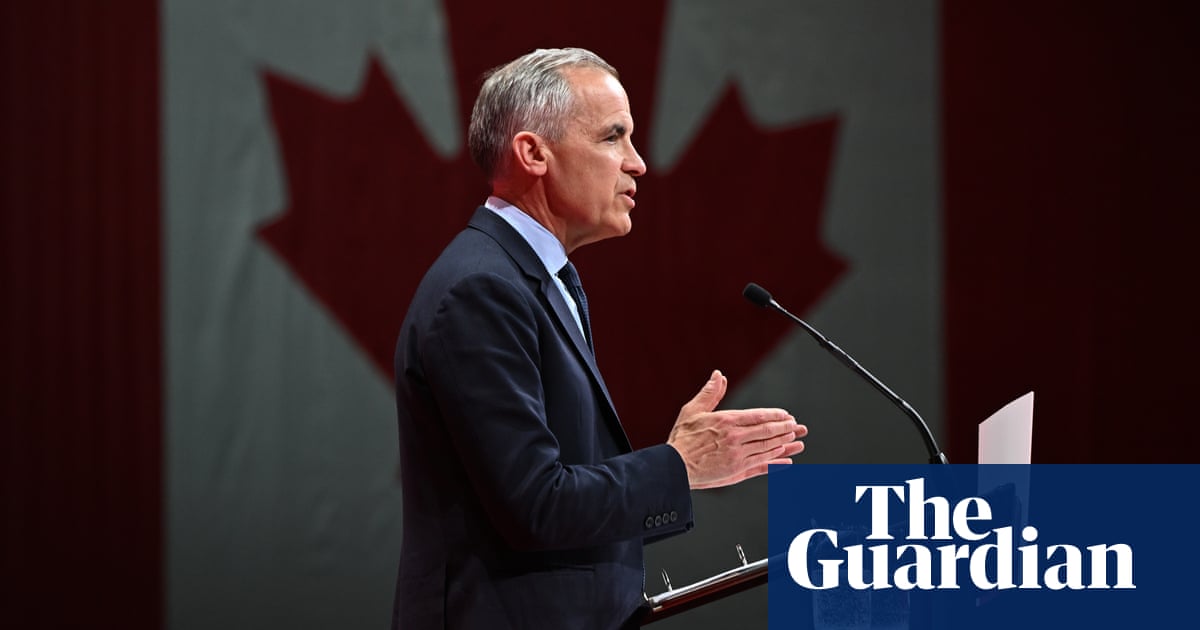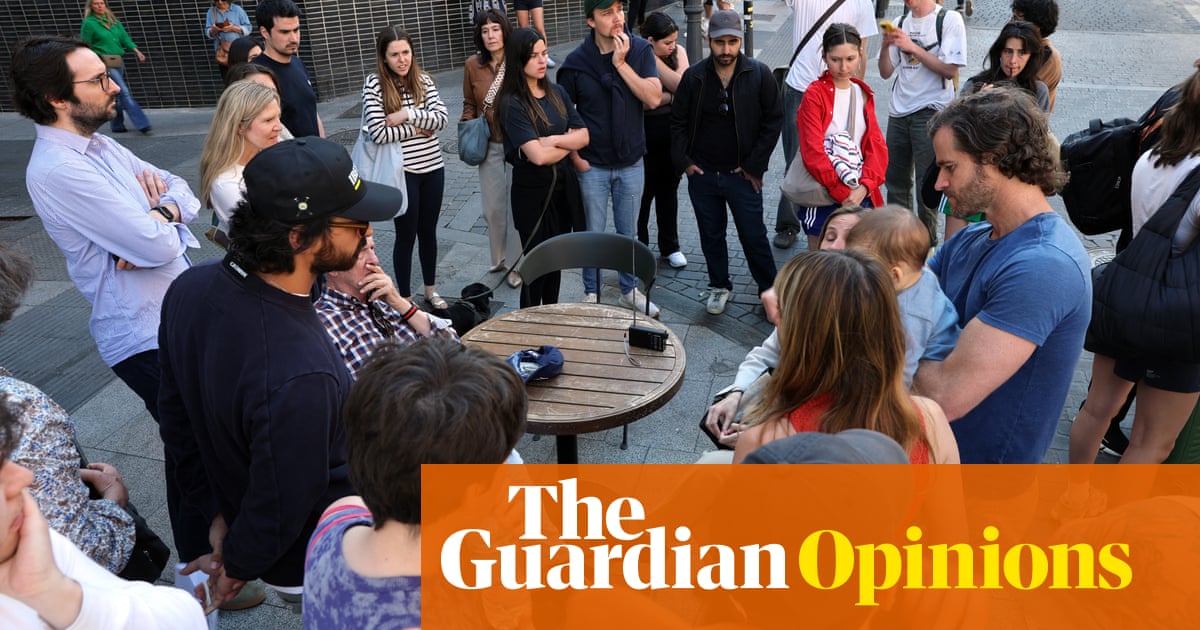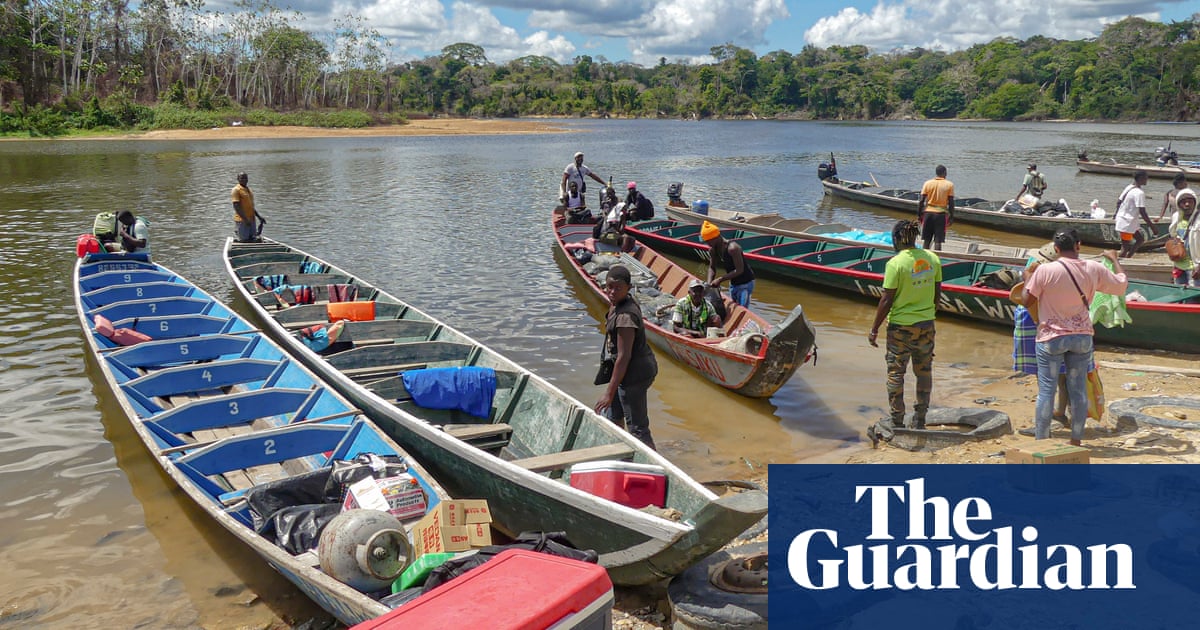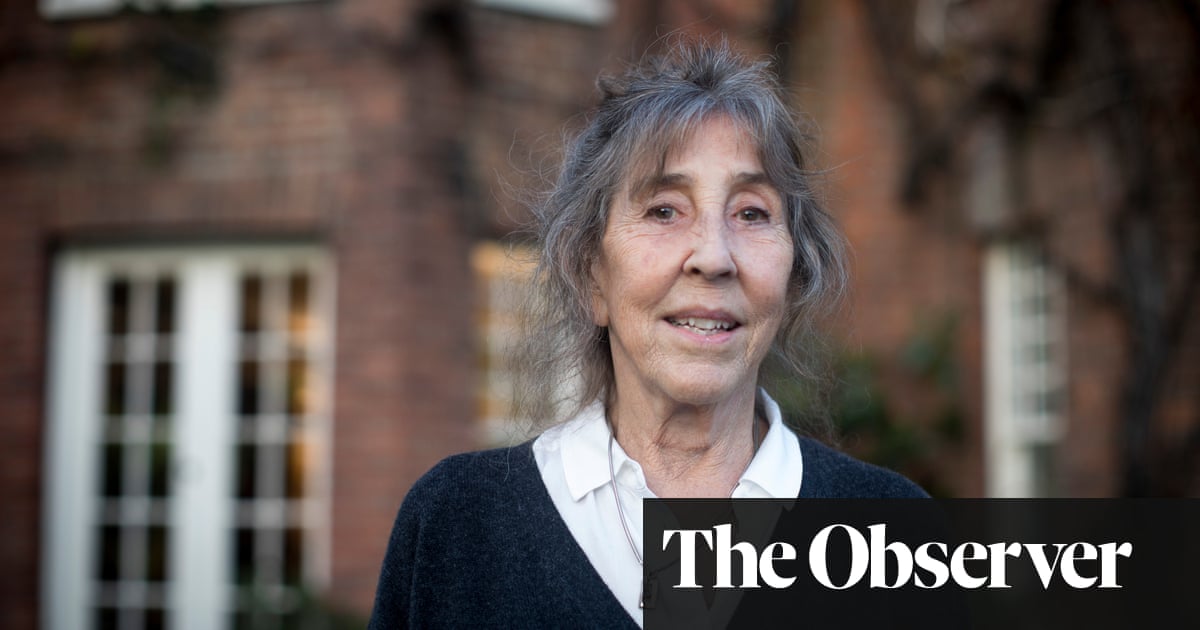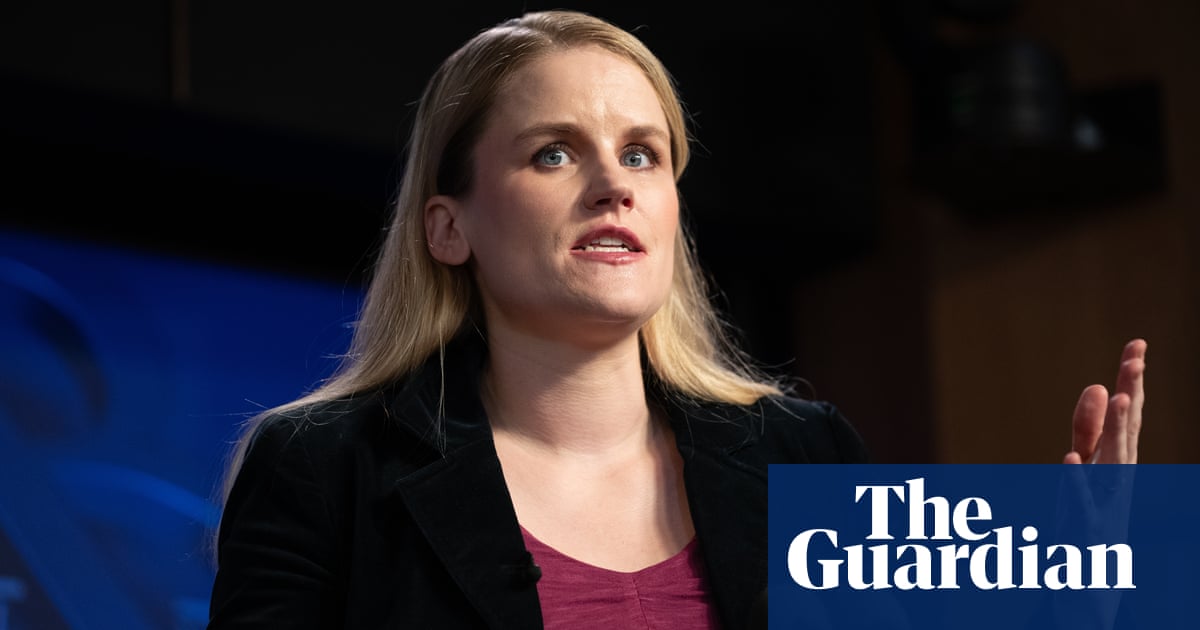The exchange took place on a lonely forest road in February. Moving along a line of refrigerated lorries, the teams in hazmat suits went about their grim work: preparing the remains of 757 Ukrainian military casualties handed over by Russia for the journey back to Kyiv.
Clipboards in hand, intermediaries from the Red Cross checked their lists. For each body shrouded in white plastic, the Russians had provided a number, a name, a location, sometimes a cause of death. And then, at the very bottom of the last page, a mystery entry: “NM SPAS 757.” The letters were abbreviations, taken to mean “unidentified man” and “extensive damage to the coronary arteries”.
It would be weeks before officials could confirm what the Guardian and its reporting partners are publishing today. The unlabelled remains were those of a woman. Not a soldier, either, but one of the most high-profile civilians detained since the full-scale invasion.
The journalist Viktoriia Roshchyna was captured in the summer of 2023 near the Zaporizhzhia nuclear power station. It was at least her fourth reporting trip into the occupied territories. She was by this stage of the war the only Ukrainian journalist prepared to risk crossing the frontline in order to pierce the information blackout imposed by Russia.
Roshchyna died after a year in detention, aged 27.
Information on the circumstances of her death is limited. Roshchyna was held without charge and without access to a lawyer. During her detention, her only known contact with the outside world was a four-minute phone call to her parents, a full year after she was taken.

Preliminary forensics suggest “numerous signs of torture”, according to the prosecutor. Burn marks on her feet from electric shocks, abrasions on the hips and head, and a broken rib. Her hair, which she liked to wear long and tinted blonde at the tips, had been shaved.
Sources close to the official investigation have also disclosed that the hyoid bone in her neck was broken. It is the kind of damage that can occur during strangulation. However, the exact cause of death may never be known because when her body was returned during the exchange on 14 February, certain parts were missing, namely the brain, eyes and larynx.
A war crimes investigation has been opened with a view to prosecuting those responsible.
There were also witnesses to her suffering. The Guardian, working with media partners including Roshchyna’s publisher, Ukrainska Pravda, in a collaboration led by the French newsroom Forbidden Stories, has tracked down first-hand testimonies to reconstruct the events that led to Roshchyna’s capture, and the details of her treatment in detention.
This account, part of the Viktoriia project, is part of an investigation into the abduction and systematic torture of what Ukraine believes could be as many as 16,000 of its civilians, the second part of which will be published on Wednesday.
Most of those detained are being held without charge. The conditions of their detention constitute a suspected war crime, and evidence is being gathered for eventual prosecutions.
The detained are aid workers, journalists, business owners, local politicians, church leaders, and anyone suspected of resisting the invasion. They are being held at more than 180 facilities in the occupied territories and inside Russia itself. And yet, in all the noise around peace talks, they are rarely mentioned. It is a subject Roshchyna felt was under-reported, and it was the focus of her last mission.
The information about her final months has been gathered thanks to more than 50 interviews with survivors of Russian captivity as well as the families of some of those still held. Legal sources operating inside Russia and the occupied territories have also shared information, as have prison officials who resigned from the service in distress over what they had witnessed.
While questions remain, one thing is certain: Roshchyna fell victim to the very crimes she had set out to expose.
Known to her family as Vika, Roshchyna grew up in the shadow of war. Her father was a veteran of the Soviet war in Afghanistan, and she was 17 when Russia annexed Crimea. She and her sister were raised in the same town as Ukraine’s president, Volodymyr Zelenskyy. Kryvyi Rih, where her parents still live, was 30 miles from the Russian advance into southern Ukraine in 2022.
Colleagues said she was obsessed with work and uncompromising. “She had no life beyond her job, no friends, no partner. But also doing extraordinary work. For her it was a mission,” said Sevhil Musaieva, the editor-in-chief of Ukrainska Pravda. “She was one of the bravest journalists I met in my career.”

To protect her sources, Roshchyna used multiple phones. She would set her messages to disappear, and her articles were written in files that would also self-delete. Roshchyna herself would vanish for weeks at a time, re-emerging to file her reports.
In March 2022, while reporting from the occupied city of Berdiansk, she had a first brush with danger. Captured by a soldier and turned over to agents of the Russian Federal Security Service (FSB), she was coerced into recording a propaganda video and let go a few days later, after a public outcry.
On her return home, colleagues urged her to rest and seek therapy. Her state of mind was fragile and she was very thin, they recalled.
But Roshchyna continued to cross the frontline. She exposed the intimidation of workers keeping the Zaporizhzhia nuclear power station running, and investigated the shooting of two 16-year-old boys who had dared to oppose the occupation.
Musaieva said that on Roshchyna’s last journey she was looking for the location of black sites, basements or industrial buildings where Russian security operatives systematically used torture to interrogate civilians or coerce them into false confessions. She was building a list of the FSB agents responsible.
Melitopol ‘garages’
Roshchyna left Ukraine for the last time on 25 July 2023, taking a roundabout route into the occupied territories because there were no safe passages over the frontline. At 2.09pm that day, her phone connected to a Polish mobile network. From Poland, she travelled through Lithuania and north into Latvia.
A photo of her passport and her entrance form, obtained by this investigation, suggests she entered Russia from Latvia, under her own name, via the Ludonka border crossing. The card states she was heading to the city of Melitopol. She travelled 1,000 miles south through Russia, crossing into occupied Ukraine a few days later.
On 3 August, just a few days into her trip, her father, Volodymyr Roshchyn, raised the alarm after realising she had stopped checking in to her online messaging accounts.
Information he has gathered, together with the accounts of three people held with Roshchyna at a notorious prison in the Russian coastal town of Taganrog, just inside the Russian border, points to what happened next.
One of the witnesses was her cellmate, who was released last September and recorded her testimony on video for the prosecutor. She has asked not to be named, to protect herself and her family.
Roshchyna appears to have rented an apartment in Enerhodar, the dormitory town next to the Zaporizhzhia power plant. She paid in advance for three nights and, leaving her backpack behind, went out to search for black sites.
The journalist told her cellmate she thought she had been spotted by a drone. A police car arrived and she was taken to the police station, a five-storey building covered in pockmarked blue tiles where the windows are reinforced with metal grilles. She was held there for several days before being moved 80 miles (130km) south to Melitopol.
The name translates as city of honey, and the area is famous for its cherry orchards. During the occupation, it played a far darker role. “In Melitopol there is a big concentration of FSB and they have these temporary detention centres,” said a European intelligence official familiar with the situation in the occupied territories. In a process known as filtration, the FSB triages captives, depending on how valuable it deems them to be. Roshchyna is likely to have been considered a special case, given the information she was gathering.
The prosecutor believes she was taken to a black site in Melitopol known as the “garages”, and according to her cellmate’s testimony, Roshchyna later recounted how she was tortured there. Her body was covered in bruises. “During interrogations, they used electric shocks … She got stabbed a few times – I saw them on her: arm for sure, leg too … Fresh knife scar – forearm, soft tissue between wrist and elbow. A scar of roughly 3cm, pierced through. She said one guy, she called him a jerk … was brutal, unhinged.
“On her leg, above the heel – I saw that too, 5cm wound. She said: ‘I told them not to touch my leg … I begged them not to touch that wound.’”
Towards the end of 2023, Roshchyna was told by an FSB officer she named as Maxim Moroz that she would be transferred to another prison and was promised better treatment there. According to witnesses, she was transported alone, by Jeep, to Taganrog. Here, she was detained at a pre-trial detention centre known as Sizo 2.
Refusing food
“She arrived already pumped full of unknown drugs,” said a second detainee who encountered Roshchyna at Taganrog, who cannot be named for security reasons. “She arrived and she basically started to go crazy.”

The Guardian will publish a separate, detailed account of the abuses inflicted on Ukrainians held at Taganrog. The conditions there were among the worst seen at any of the many detention facilities operated by Russia.
Ukrainian intelligence has recorded 15 fatalities at the prison, based on information from released troops. In the torture rooms, soldiers and civilians were water-boarded, beaten and shocked in an electric chair. When outside their cells, they were forced to adopt a stress position known as the swan – bent forward with their hands clasped behind their back at chest level. Food was severely rationed, with four and a half spoonfuls per plate, according to one detainee who counted.
For Roshchyna, the effect was catastrophic. She stopped eating. “We would talk to her but she was lost in her head, eyes terrified,” recalled the first witness, her cellmate. Roshchyna would lie “curled up foetal on the floor” behind a curtain that screened the toilet, out of sight of the guards.
Her weight dropped to 30kg (less than 5st). “She could stand up, but only with me helping as she was in such a state that she could not even lift her head off the pillow. I would prop her up and she would grab the top bunk to pull herself upright,” her cellmate said.
Yevgeny Markevich, a soldier now in rehabilitation in Ukraine after a prisoner exchange, said: “She did not officially declare a hunger strike, she simply began to refuse food.” . He said he saw her once but heard her most days as she was held near to him, in cell 115. “At first she explained it by saying that it was for religious reasons, fasting or something, then she began to say that she could not [eat] for health reasons.”

Roshchyna’s feet and legs swelled, according to her cellmate’s testimony. She was offered heart pills but appears to have refused these. Heart problems and fluid retention in the leg tissues are both signs of starvation.
In June, she was carried out on a stretcher. She spent several weeks at a hospital in Taganrog where, according to witnesses, she was watched over by six masked guards armed with machine guns. The level of security, and the efforts made to keep her alive, suggest Moscow saw her as a valuable negotiating pawn. In July, she was reportedly sent back to Taganrog with an IV drip in her arm. It seems she continued to refuse food.
The head of the prison asked her cellmates what she liked to eat, and separate meals were cooked for her. Witnesses say she was offered bananas and sweets.
In April 2024, her family had received the first official confirmation that Roshchyna was alive, in a letter from the Russian defence ministry. It stated only that she “has been detained and is currently in the territory of the Russian Federation”.

Colleagues began pulling strings. A message was sent to the Vatican, where Pope Francis, who had been able to communicate with Russia through backchannels, agreed to ask for her name to be added to the prisoner exchange list.
Word eventually reached her editor that she was to be released. Towards the end of August, Roshchyna was allowed to phone home. Her parents were told by the Ukrainian negotiators she was on hunger strike. They kept their mobiles switched on all day, waiting for her call. When she finally came on the line, Roshchyna was speaking in Russian. “I was promised that I would be home in September,” she told them. Her father urged her to eat. Then she said her farewells. “Well, that’s it. Bye, bye. Mom, Dad, I love you.”
‘Not in the databases’
On 13 September, bathed in autumn sunshine, 49 prisoners of war stepped off a coach from Russia on to Ukrainian soil. A welcome party met them with flags and bouquets of yellow sunflowers wrapped in blue tissue paper. Roshchyna’s cellmate was there, along with at least two other men held at Taganrog. But the journalist was missing.

Exactly why has never been made clear. On 8 September, Roshchyna was taken from her cell, ready for the long journey back to Ukraine. The anonymous Taganrog detainee was one of the last to see her alive.
“We asked a girl from the cell to help her go down. With her help, she went down when they were supposed to exchange her. After that, a security officer came and said that the journalist never made it to the exchange. The officer added: ‘It’s her own fault.’”
Some weeks later, the deputy head of Russia’s military police wrote to Roshchyna’s father to say she had died on 19 September.
When Roshchyna’s body was eventually returned, it was in such bad condition that visual identification was difficult. However, attached to her leg, examiners found a tag with the handwritten inscription “V.V. Roshchyna”, and the DNA test was a match with her parents.
Her father, in his grief, refuses to accept she is gone. He has requested additional examinations. And he has continued to write letters, including to Taganrog, demanding information. The Sizo director, Aleksandr Shtoda, has replied twice claiming Roshchyna was never there. His most recent response, in January, stated she “is not and was not listed in the databases”.
In November 2022, Roshchyna described what motivated her. She had been given an award for courage by the International Women’s Media Foundation, but she did not want to stop work to attend the ceremony in Los Angeles and so she sent a message, hailing her colleagues.
“We have remained faithful to our mission, to convey the truth to the world, countering Russian propaganda,” she said. “Unfortunately, many journalists have died. I want to dedicate this award to them. After all, they died in the fight for the truth, trying to record Russian crimes. I thank them.”


 6 hours ago
6
6 hours ago
6


